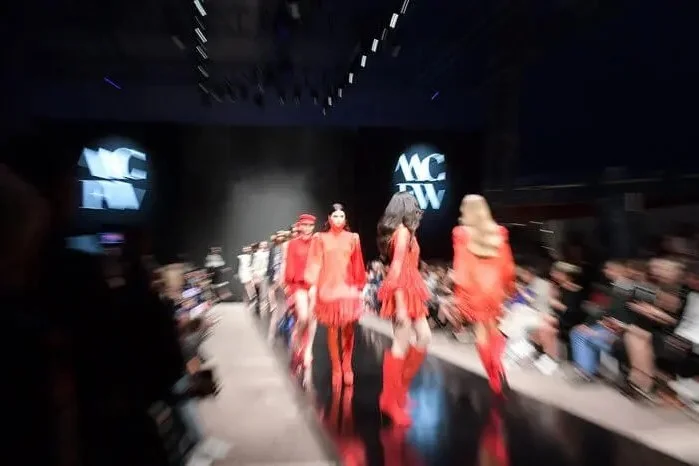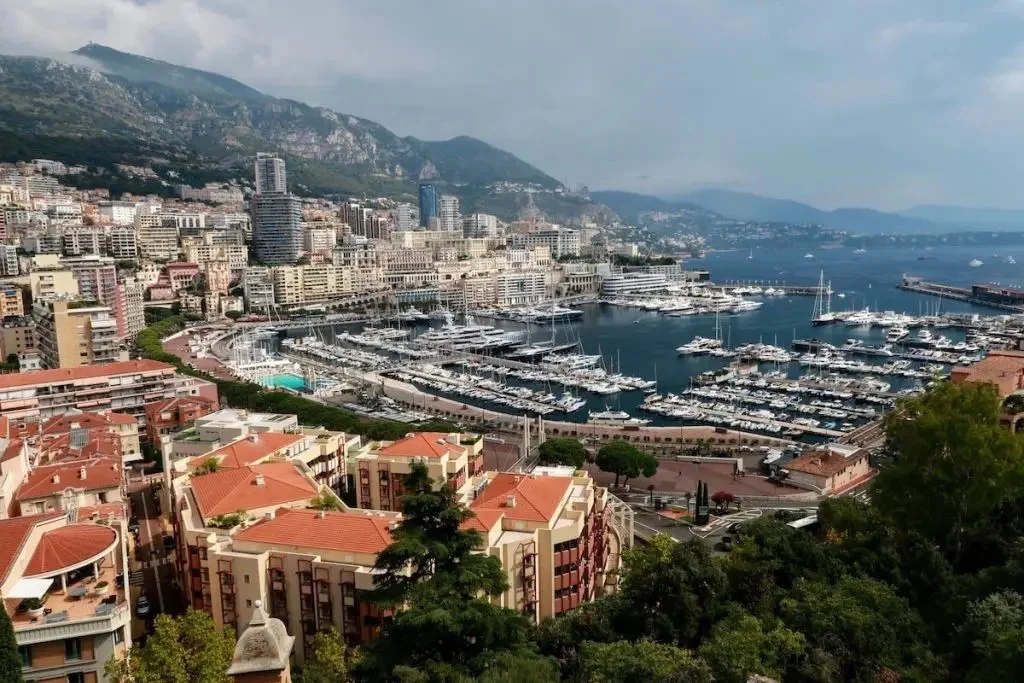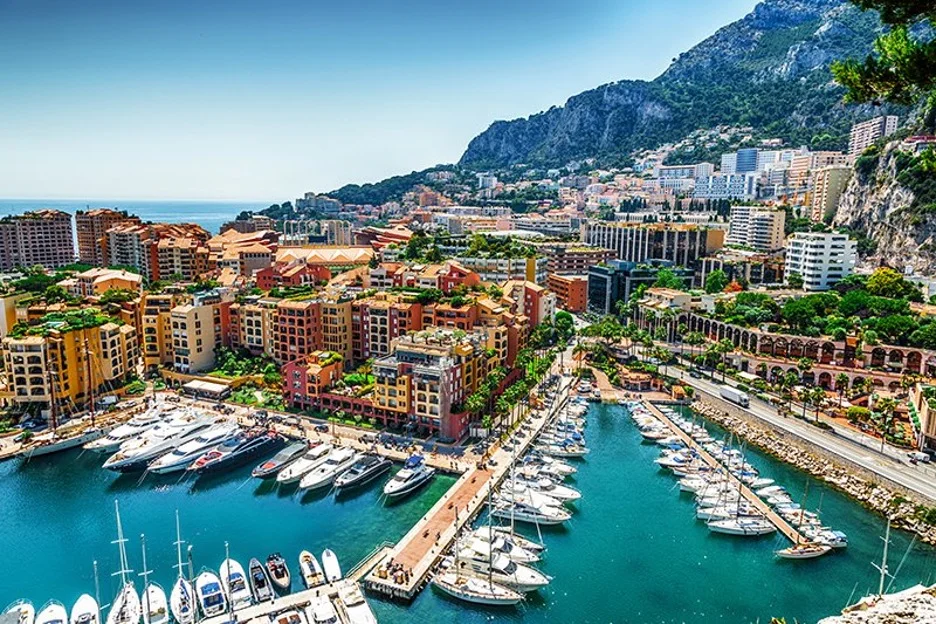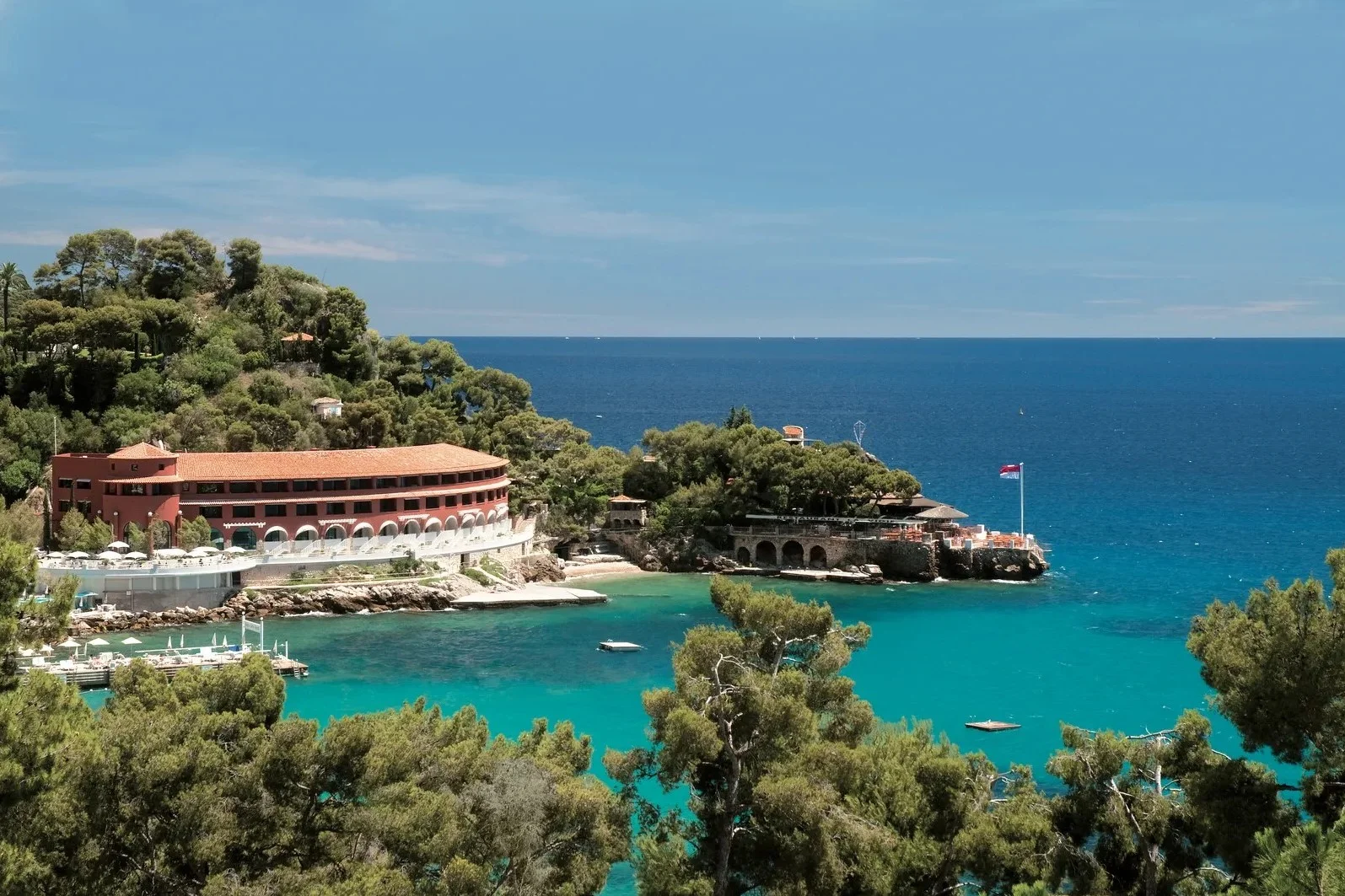The glitzy European city going green

Monaco is often associated with glamour and excess, yet this corner of the Côte d’Azur is emerging as a leader in sustainable and responsible tourism.
The Glitzy European City Going Green
While the country is known for its glamour—hedonistic frolics on superyachts and a flutter in grand casinos—Monaco is surprisingly emerging as a leader in environmental responsibility. Beneath its sparkling image, Monaco is bridging the gap between luxury and stringent green targets.
Terre de Monaco operates five micro-farms across the country, including a 30-square-meter plot at the Prince Albert II of Monaco Foundation.
Monaco, a magnet for millions of day-trippers and overnight cruise ship visitors each year, aims to cut its greenhouse gas emissions in half and achieve carbon neutrality by 2050. Estelle Antognelli, responsible for sustainable tourism at the Monaco Government Tourist and Convention Authority, explains that an environmental approach is “in Monaco’s DNA,” with reigning monarch Prince Albert II “continuing the work of his ancestors to raise environmental awareness.” At the forefront of these efforts is his foundation, which focuses on climate change, water management, and the loss of biodiversity.
In Monaco, there are sustainable ways of shuttling from A to B that help reduce the carbon footprint, whether it’s a hybrid bus snaking along Monaco’s winding roads or a leisurely cruise on the solar-powered “bus boat” that crosses Port Hercules every 20 minutes.
Wandering from the bustling market of La Condamine to the cobbled pedestrian streets leading down to the harbor, you’ll notice an abundance of eateries offering local, organic produce, with some highlighting meat-free menus. The crème de la crème? Elsa. Attached to the uber-fancy Art Deco gem Monte-Carlo Beach, it’s the world’s first all-organic restaurant to be awarded a coveted Michelin star.
Monaco’s public transport network comprises electric and hybrid options, including the Mobee free-floating car-share scheme.
The lavish hotels scattered throughout this jet-setter’s paradise are also playing their part, with many boasting green certifications recognizing their sustainability efforts. The Fairmont Monte Carlo, for example, uses seawater to power the hotel’s heating and air conditioning systems. PR director Claudia Batthyany says the establishment has always been “a pioneer” in minimizing environmental impact. The hotel was the first business in Monaco to observe Earth Hour and installed innovative greywater recycling technology. It also works closely with the Prince Albert II of Monaco Foundation to raise awareness about biodiversity conservation, funding a study on the Mediterranean striped dolphin, whose habitat is increasingly threatened by pollution and rising water temperatures.
“We try to be an example to the community,” Batthyany shares. “Many initiatives we started have now been adopted by others.”
The neighboring Hotel Metropole has implemented its “Green Attitude” environmental policy, spearheaded by Sustainable Development Manager Elodie Robert, who also leads the in-house Green Committee. She began with small-scale actions, such as installing beehives and turning to local suppliers. The Metropole was the first hotel in Monaco to eliminate plastic straws (before the official ban took effect, which now covers single-use plastic plates, cups, and cutlery). Additionally, the hotel’s reforestation project, “Mon Arbre à Moi” (My Very Own Tree), saw olive trees planted on a burnt-out hillside overlooking the nearby French town of Menton. Every year on the International Day of Forests, participants reunite to check on the trees’ progress.
The Fairmont Monte Carlo uses seawater to power the hotel’s heating and air conditioning systems, further demonstrating its commitment to sustainability.
With its elegant Belle Époque façade, the five-star boutique bolthole is a lesson in low-key luxury, featuring 125 rooms designed by Jacques Garcia, a Givenchy spa, and a swimming pool designed by the late fashion mogul Karl Lagerfeld. The hotel’s restaurants, inaugurated by French celebrity chef Joël Robuchon, use seasonal, organic produce from a dedicated Terre de Monaco garden. Like the Fairmont Monte Carlo, the Hotel Metropole collaborates with the Mr. Goodfish campaign, which advocates serving only sustainable seafood that respects protected marine species.
Marine life is at the heart of the Oceanographic Museum of Monaco. Perched on a craggy cliff in the city’s Le Rocher neighborhood, it appears to rise out of the water like a palace built for Poseidon. The so-called “Temple of the Sea” has watched over the Mediterranean for more than a century, raising awareness for the protection of the world’s oceans since its founding by Prince Albert I. Today, it’s one of the organizers of the Monaco Blue Initiative and hosts the annual Monaco Ocean Week, both of which gather experts from around the globe to discuss ocean management and marine conservation. The Oceanographic Museum is home to more than 6,000 sea creatures and countless artifacts and underwater treasures collected during 20th-century exploration.
Monaco is famous for the Formula 1 Grand Prix, where a fleet of petrol-burning speed machines complete 78 laps of the Monte Carlo circuit (Formula One is said to have one of the biggest carbon footprints of any sport). However, the principality also hosts the annual e-Rallye (featuring electric or hydrogen-powered vehicles) and the biennial ePrix, which race on the same iconic roads and hairpin bends while promoting sustainable mobility.
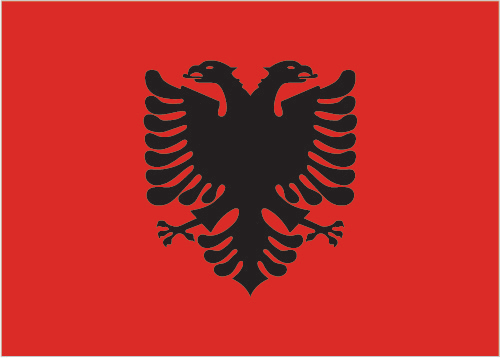 Albania
Albania Algeria
Algeria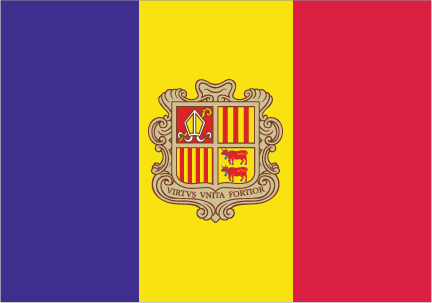 Andorra
Andorra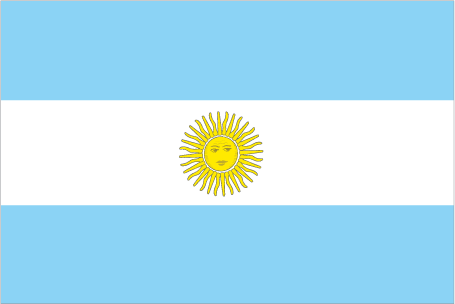 Argentina
Argentina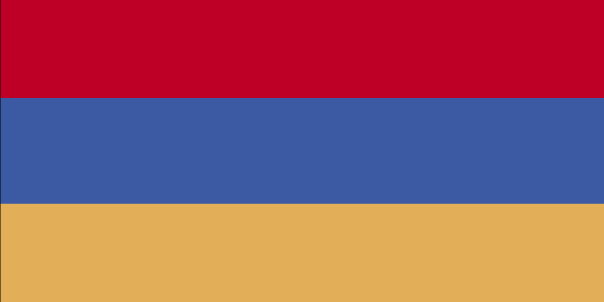 Armenia
Armenia Australia
Australia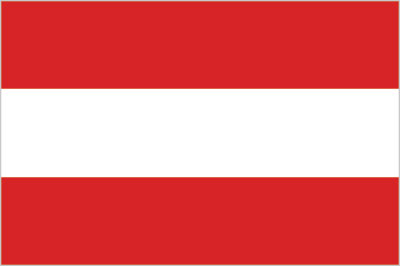 Austria
Austria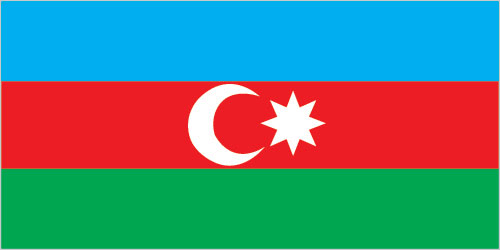 Azerbaijan
Azerbaijan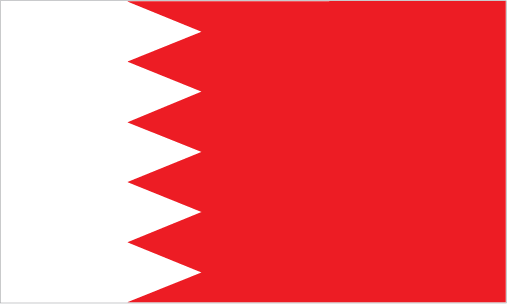 Bahrain
Bahrain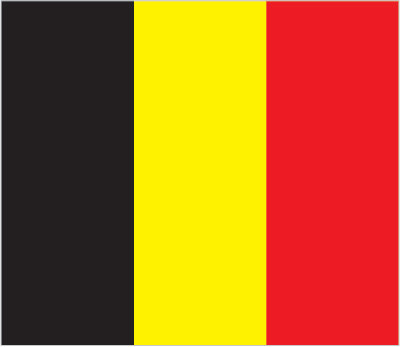 Belgium
Belgium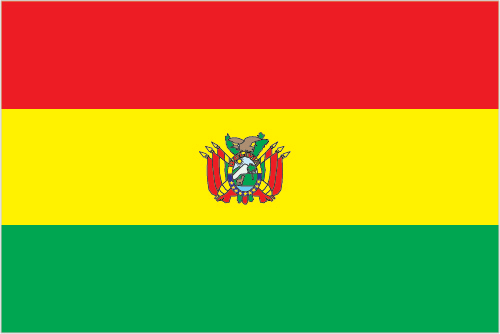 Bolivia
Bolivia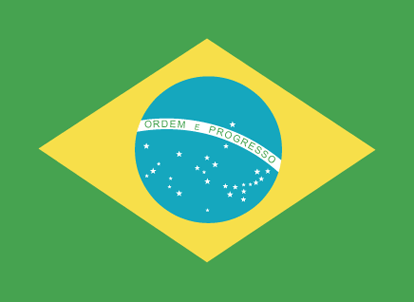 Brazil
Brazil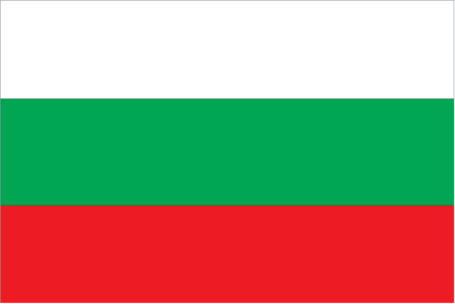 Bulgaria
Bulgaria Cambodia
Cambodia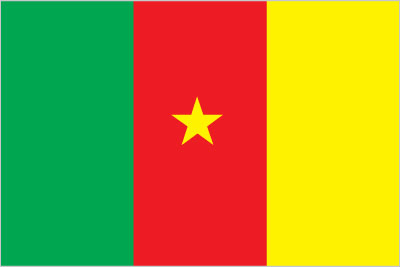 Cameroon
Cameroon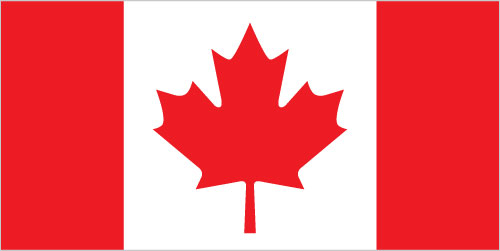 Canada
Canada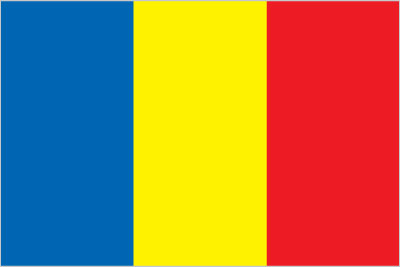 Chad
Chad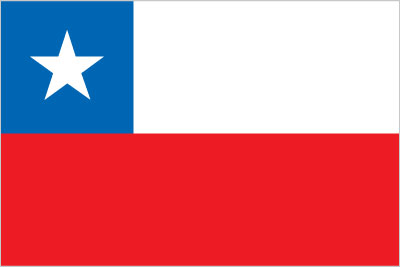 Chile
Chile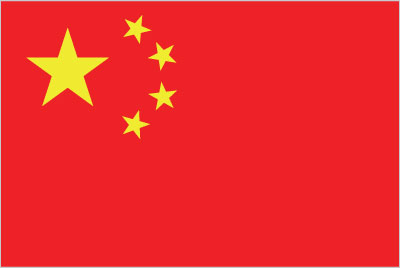 China
China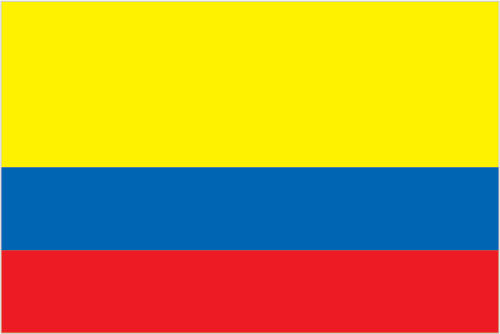 Colombia
Colombia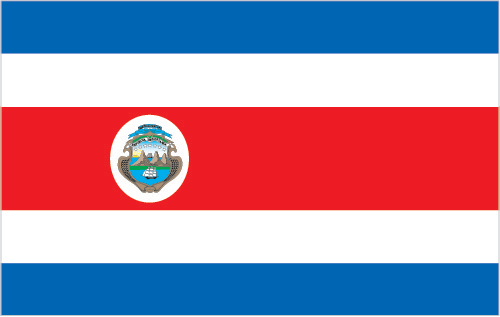 Costa Rica
Costa Rica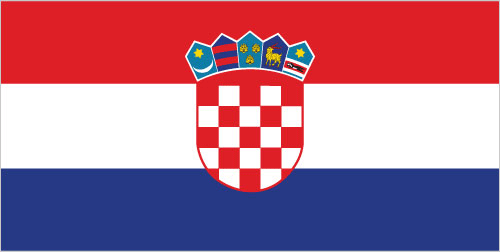 Croatia
Croatia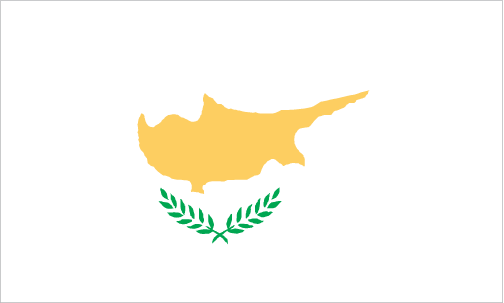 Cyprus
Cyprus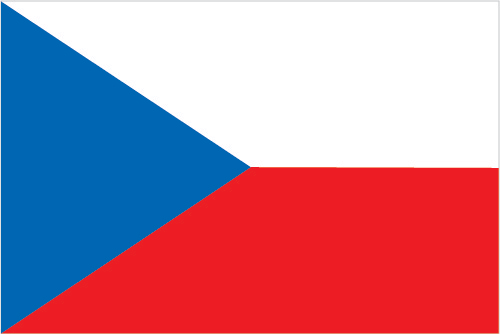 Czechia
Czechia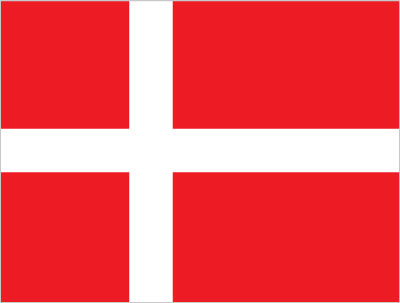 Denmark
Denmark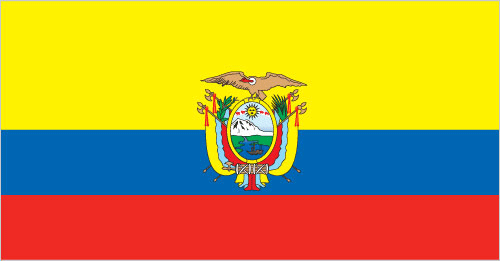 Ecuador
Ecuador Egypt
Egypt Finland
Finland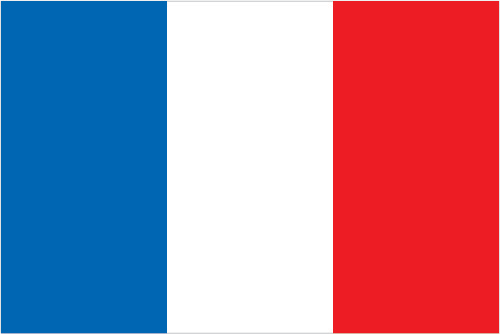 France
France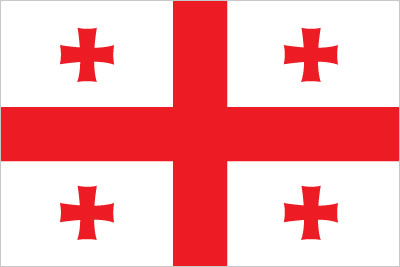 Georgia
Georgia Germany
Germany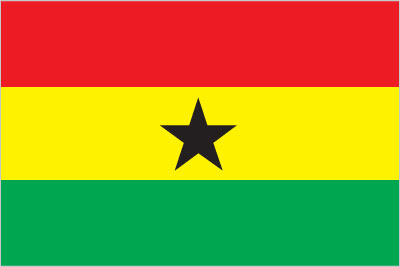 Ghana
Ghana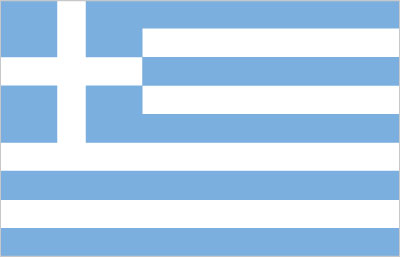 Greece
Greece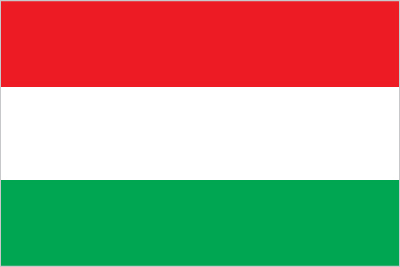 Hungary
Hungary Iceland
Iceland India
India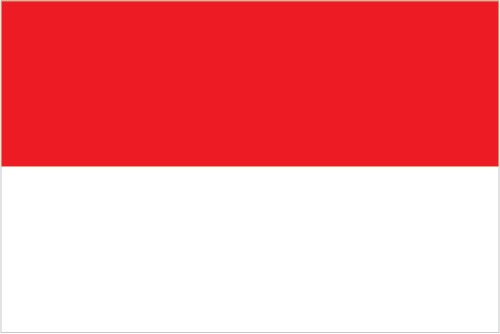 Indonesia
Indonesia Ireland
Ireland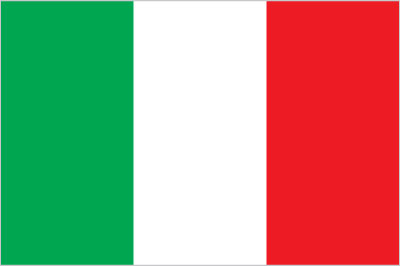 Italy
Italy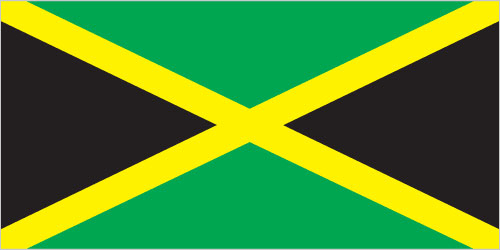 Jamaica
Jamaica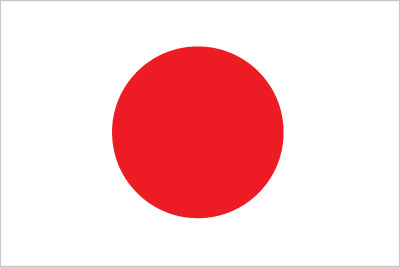 Japan
Japan Jordan
Jordan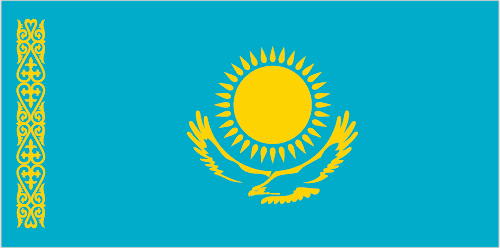 Kazakhstan
Kazakhstan Kenya
Kenya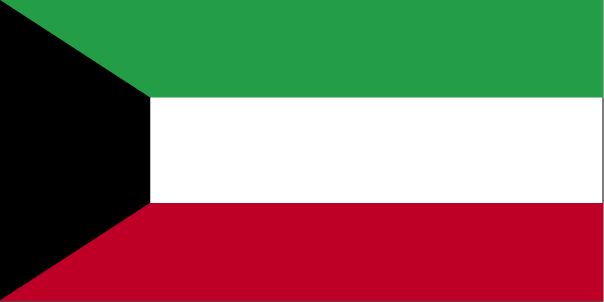 Kuwait
Kuwait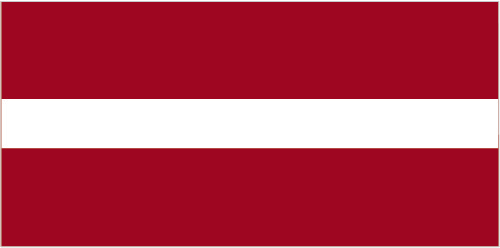 Latvia
Latvia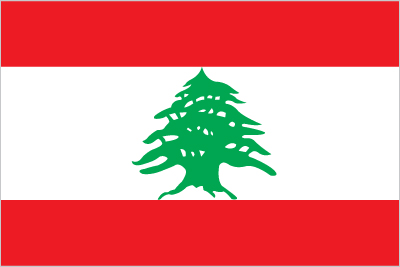 Lebanon
Lebanon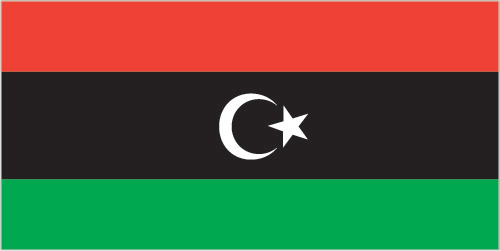 Libya
Libya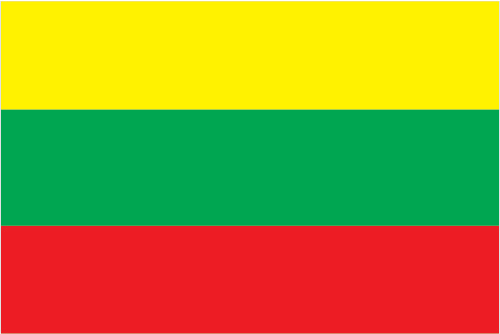 Lithuania
Lithuania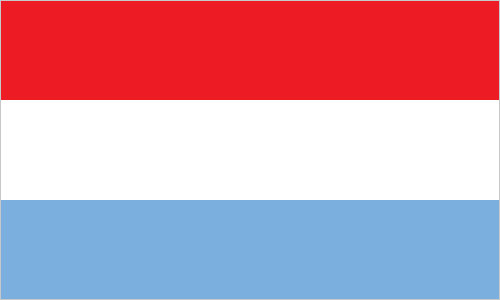 Luxembourg
Luxembourg Malaysia
Malaysia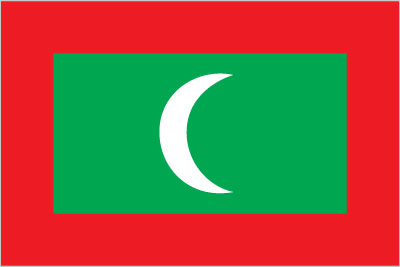 Maldives
Maldives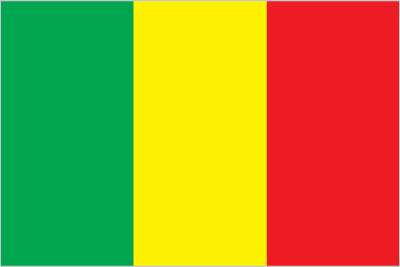 Mali
Mali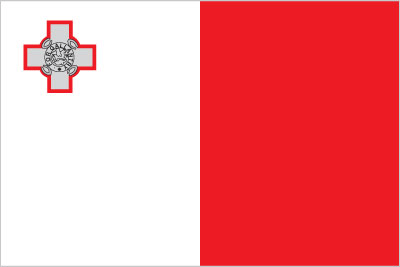 Malta
Malta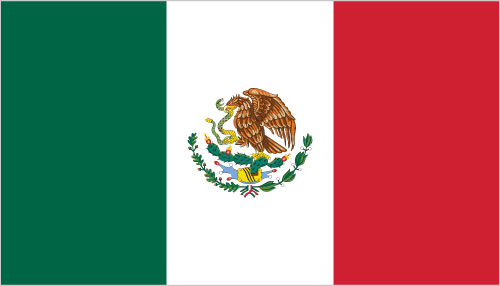 Mexico
Mexico Moldova
Moldova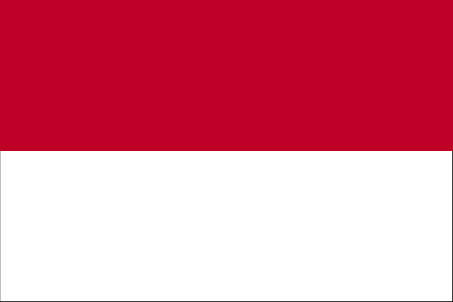 Monaco
Monaco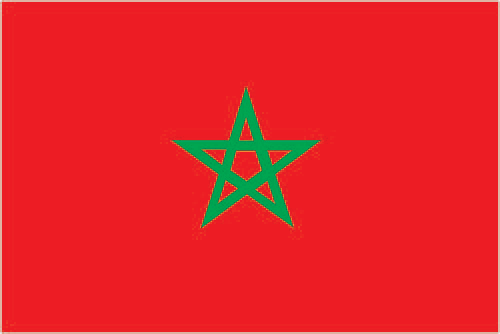 Morocco
Morocco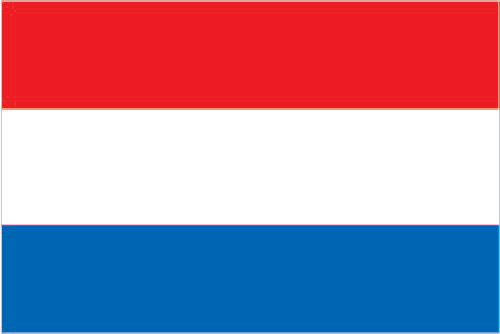 Netherlands
Netherlands New Zealand
New Zealand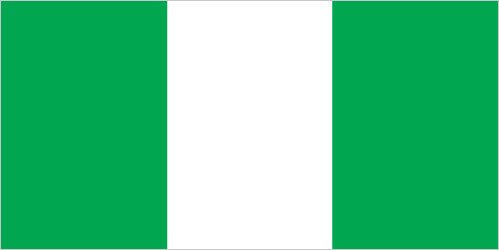 Nigeria
Nigeria North Macedonia
North Macedonia Norway
Norway Oman
Oman